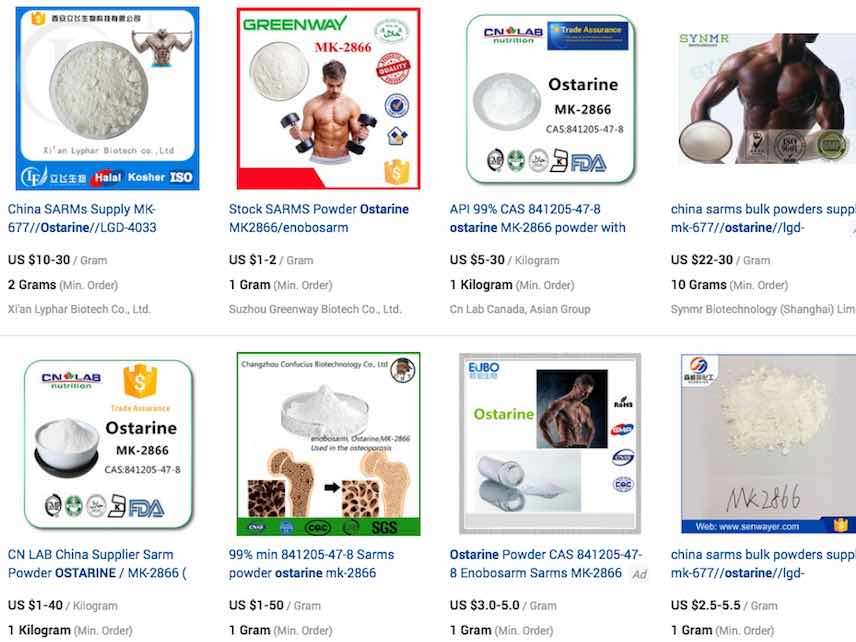What China's Growing Role in Illegal Drug Production Tells Us About the Future of the Drug War
It's more unwinnable than ever before.

Despite what you may have heard about Mexico and its cartels, the global drug war's biggest Whac-A-Mole hole for nearly two decades has been China.
The bath salts and "spice" that dominated American drug headlines in recent years? Those came from Chinese chemical factories. The Mexican cartels that have made most of our meth since regulators snuffed out America's artisanal speed industry? They buy their precursor chemicals from China. Nearly every synthetic drug you can buy in the U.S.—legally or illegally, from cathinones to steroids to the heart medication your doctor prescribed—probably came from China. And if it wasn't made in China, it was made in India, which is a good place to make illegal things for the same reasons: It's massive, loosely regulated, increasingly population-dense, and home to hundreds of millions of people looking to turn a buck.
In what is now becoming a full-fledged drug reporting genre, MSNBC published a short video from Jacob Soboroff explaining just how easy it is to order fentanyl—a growing cause of overdose deaths in the U.S.—through Chinese websites accessible on the open internet:
Deadly opioid fentanyl is being ordered online & shipped direct to USA from China. Here's how. #OneNationOverDosed https://t.co/6cpSL3ZVj9
— Jacob Soboroff (@jacobsoboroff) August 9, 2017
In a New York Times piece from 2015, reporter Dan Levin did something similar, calling up a Chinese chemical factory and running through an incomplete list of drugs available for purchase through Chinese websites: spice, bath salts, precursors for meth, the stimulant "flakka" (remember when that was popular for 10 minutes or so?), and an entire universe of "research chemicals" that mimic banned substances but technically aren't illegal. "We're seeing cases nationwide and ground zero always seems to be China," an assistant district attorney from New York told Levin.
On top of that, a 2016 study from the Office of the US Trade Representative reported that 97 percent of the counterfeit prescription drugs intercepted at U.S. points of entry came from China, Hong Kong, India, or Singapore.
Soboroff seems genuinely shocked that it's so easy to order drugs this way. I will confess to also being rather surprised when a Chinese chemical factory representative reached out to me after Reason published my recent feature on steroids. The rep sent me links to a reddit thread featuring reviews of his factory and a list of illegal compounds they could make in whatever quantity I desired. He also offered to send me free samples and guaranteed free re-shipping in the event my package was intercepted by U.S. Customs. (I did not take him up on his offer.) A few of the underground lab operators I've spoken to here in the U.S. say that ordering from China is a relatively safe, hassle-free, and common way to do business. Many nutritional supplement companies, meanwhile, order their research chemicals from vendors on Alibaba, which is like the Chinese version of Amazon, if Amazon were also a B2B hub.
This is the 21st century drug trade. Global supply chains work nearly as well for illegal goods as they do for legal ones. Research chemists are producing very effective analogs faster than anyone can regulate them. The sheer import volume of first-world countries all but guarantees vast amount of banned goods will escape detection.
We will hear more in the coming months and possibly years about the threat posed by drug makers in China and India. Law enforcement bodies will claim they're taking the necessary steps to curtail the practice. China has added more than 100 new substances to its list of illegal compounds and promised to crack down on factories that sell opioids through unapproved channels. The U.S. Justice Department, meanwhile, has asked the U.S. Sentencing Commission to rewrite federal sentencing guidelines in such a way that prosecutors would no longer be tasked with explaining the relationship between a banned compound and a grey market analog.
The current process, the Justice Department wrote in a July 31 letter, "is cumbersome, inefficient, and resource-intensive. It turns sentencing hearings into lengthy chemistry and pharmacology lectures, often complete with dueling experts." The department is asking the Sentencing Commission to adopt a "class approach" that would allow judges to forgo determining a synthetic drug's potency and harm relative to a banned substance, and simply to treat all similar analogs the same.
None of these maneuvers will drastically change the landscape. "Even if you could stop all manufacture of these substances in China today, there is a chance that someone in the U.S. or Canada could pick up the manufacturing," a U.N. synthetic drug expert told STAT News last year. The Food and Drug Administration, meanwhile, can't keep up with U.S. supplement manufacturers who are incorporating Chinese-made research chemicals into their product lines. The agency's latest target is an anabolic steroid mimetic called ostarine. The effective dose for that drug is roughly 5 milligrams; it goes for about $2 a gram on Alibaba. By the time the FDA has sent letters to every person selling Ostarine in the U.S., manufacturers and consumers will have moved on to the next thing.
This is how global markets work, and they will only get faster and more complex.


Show Comments (25)